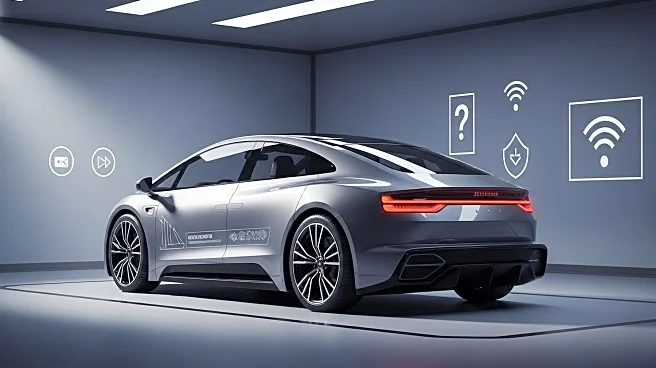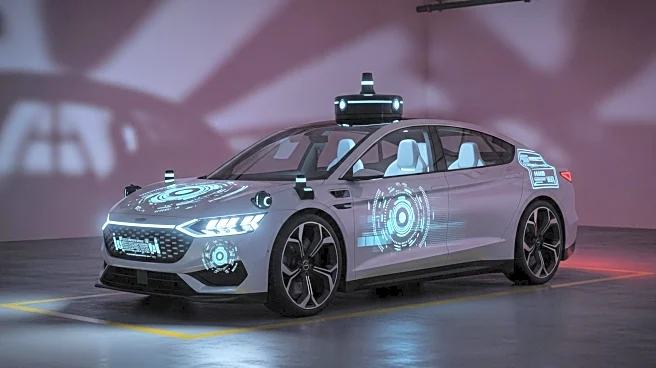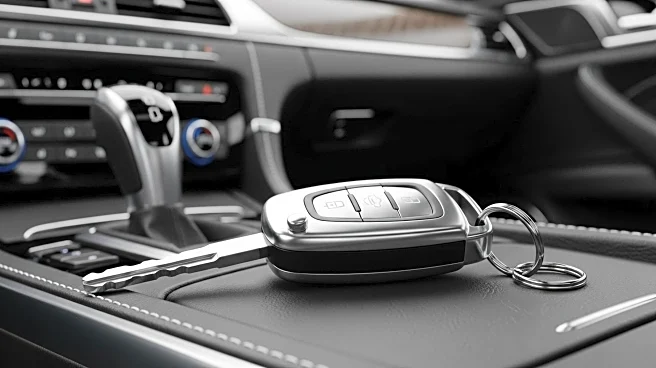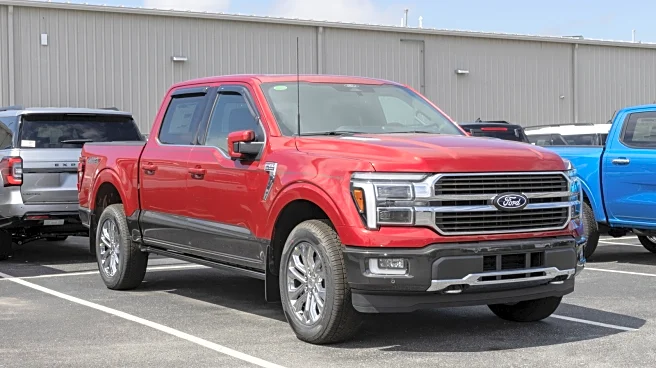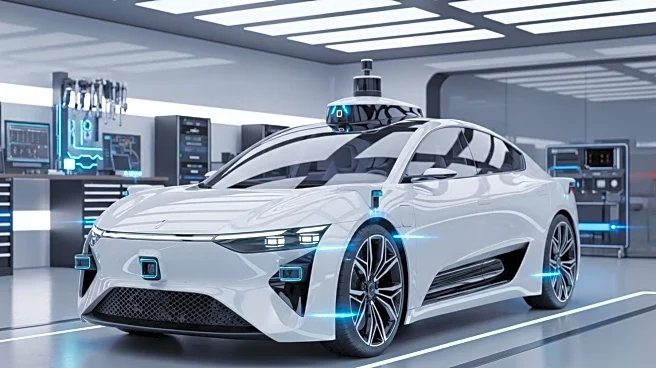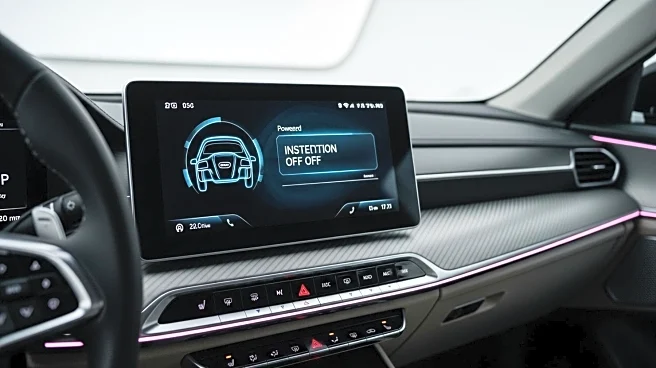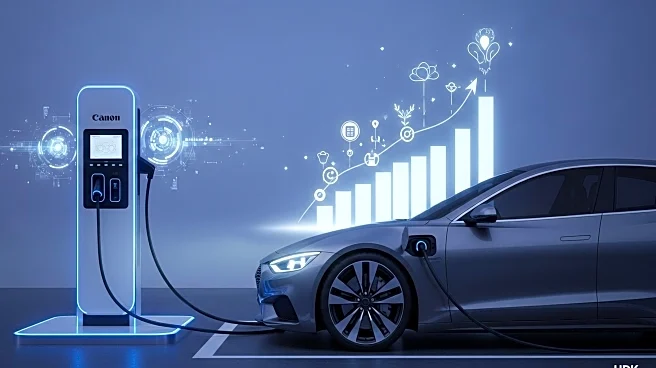What's Happening?
Stellantis, the parent company of brands like Alfa Romeo and Dodge, has decided to pause its development of self-driving cars, including its AutoDrive Level 3 system. This decision comes despite the unveiling of AutoDrive technology earlier this year. The company cited high costs, technological challenges, and concerns about consumer appetite as reasons for shelving the program. A recent study revealed that only 13 percent of drivers in the United States trust self-driving vehicles, with 60 percent expressing fear of riding in them. This skepticism is echoed by industry leaders like Ford CEO Jim Farley, who has raised concerns about non-LiDAR systems. Stellantis's move reflects broader public reservations about autonomous vehicles, despite reports suggesting they are safer than human-driven cars.
Why It's Important?
The decision by Stellantis to halt its self-driving car program highlights significant challenges facing the autonomous vehicle industry. Public skepticism and fear could slow the adoption of self-driving technology, impacting companies that have invested heavily in its development. This pause may influence other automakers to reconsider their strategies, potentially affecting the pace of innovation in the sector. The reluctance of consumers to embrace autonomous vehicles could also have implications for regulatory policies and safety standards, as lawmakers and industry leaders work to address public concerns. The broader impact on the automotive industry could include shifts in investment priorities and technological focus.
What's Next?
Stellantis's decision to pause its self-driving car program may lead to increased scrutiny and debate within the industry about the viability and safety of autonomous vehicles. Other automakers might reassess their own strategies, potentially leading to collaborations or shifts in focus towards enhancing existing technologies. Consumer education and engagement could become a priority to address fears and build trust in autonomous systems. Additionally, regulatory bodies may consider new guidelines or standards to ensure safety and transparency in the development and deployment of self-driving cars.
